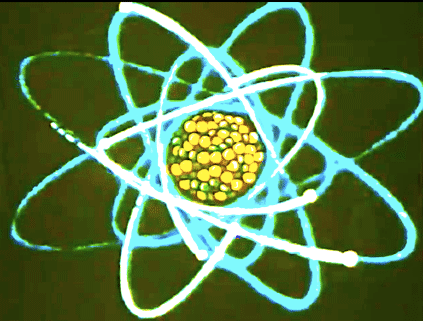Home-grown thermometer brings billionths of degrees
 Australian researchers have produced the world's most sensitive thermometer - three times more precise than the best thermometers in existence.
Australian researchers have produced the world's most sensitive thermometer - three times more precise than the best thermometers in existence.
The team behind the incredible effort say they have been able to measure temperature down to 30 billionths of a degree.
“To emphasise how precise this is, when we examine the temperature of an object we find that it is always fluctuating,” project leader Professor Andre Luiten said.
“We all knew that if you looked closely enough you find that all the atoms in any material are always jiggling about, but we actually see this unceasing fluctuation with our thermometer, showing that the microscopic world is always in motion.”
The exciting design could even be re-worked, to become an extremely sensitive sensor for just about anything.
The new design is reported in the paper Nano-Kelvin Thermometry and Temperature Control: Beyond the Thermal Noise Limit.
It describes a very sensitive yet unorthodox thermometer, which uses light to measure temperature.
The thermometer injects two colours of light (red and green) into a highly polished crystalline disk.
The two colours travel at slightly different speeds in the crystal, depending on the temperature of the crystal.
“When we heat up the crystal we find that the red light slows down by a tiny amount with respect to the green light,” said Professor Luite, from the University of Adelaide’s Institute for Photonics and Advanced Sensing.
“By forcing the light to circulate thousands of times around the edge of this disk...we can measure this minuscule difference in speed with great precision.”
The swirling of light is similar to the way that sound concentrates and reinforces itself in a curve. This phenomenon - known as a 'whispering gallery' - is seen in St Paul's Cathedral in London or the Whispering Wall at Barossa Reservoir.
The new technique could be redesigned for ultra-sensitive measurements of things like pressure, humidity, force or searching for a particular chemical.
“Being able to measure many different aspects of our environment with such a high degree of precision, using instruments small enough to carry around, has the capacity to revolutionise technologies used for a variety of industrial and medical applications where detection of trace amounts has great importance,” Professor Luiten says.
The research is supported by the Australian Research Council and the South Australian Government's Premier's Science and Research Fund.







 Print
Print